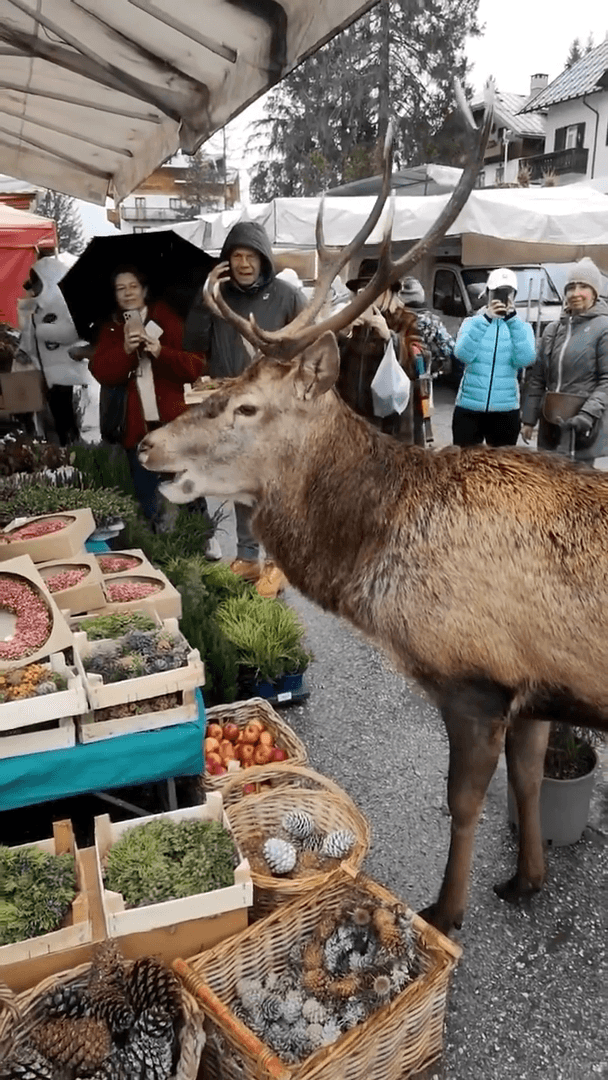
Well… it’s official! We are #1 in Romania! One of last years TAIGA clients (with the masterly assistance of our great outfitting partner) together successfully harvested the new, #1 all-time, free-ra
Post: 16 April 09:29

Post: 16 April 09:29

Post: 27 February 12:47

Post: 4 October 13:11

Post: 9 June 17:54

Post: 4 October 17:48

Post: 26 September 09:01

Post: 13 May 07:12

Post: 27 August 15:03

Post: 26 August 13:44

Post: 25 August 14:09

Post: 2 October 17:29

Post: 29 December 01:23

Post: 16 October 18:35

Post: 16 December 10:00

Post: 21 May 21:35

Post: 21 May 21:33

Post: 22 May 10:52

Post: 16 May 15:09

Post: 29 August 13:02

Post: 16 November 09:04

Post: 29 August 14:01

Post: 7 August 06:46

Post: 3 June 14:08

Post: 1 September 07:55

Post: 29 August 12:55

Post: 27 May 13:57

Post: 27 May 11:45

Post: 24 December 15:22

Post: 22 August 12:49

Post: 11 June 14:36

Post: 26 May 09:54

Post: 21 August 13:08

Post: 17 September 18:10

Post: 24 November 00:47

Post: 5 October 17:46

Post: 9 March 15:58

Post: 20 September 11:05

Post: 26 May 12:32

Post: 26 May 12:23

Post: 5 May 22:45

Post: 9 January 22:52

Post: 6 October 14:31

Post: 5 October 19:55

Post: 1 September 07:58

Post: 17 June 15:06

Post: 5 October 20:49

Post: 31 August 19:19

Post: 26 August 12:30

Post: 22 August 12:00

Post: 28 July 06:58